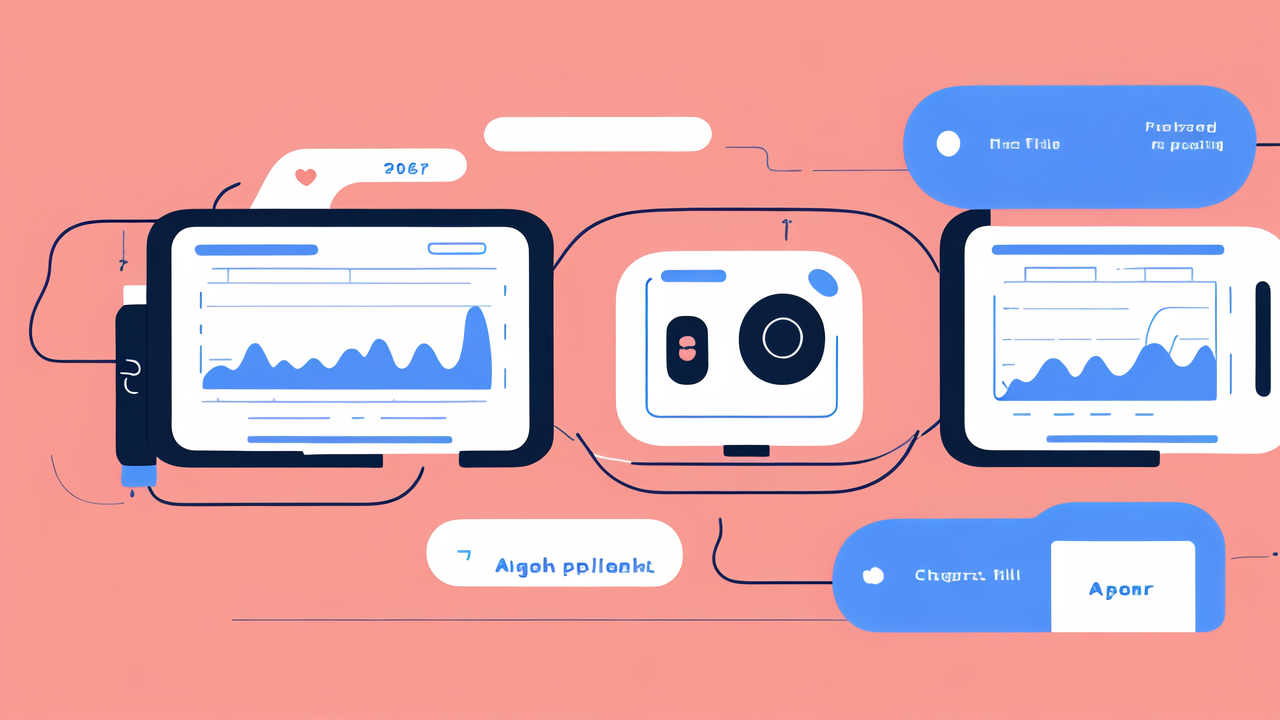Evolution of Health Monitoring Devices: From Simple Wearables to Smart Solutions
The History of Health Monitoring Devices
Health monitoring has come a long way since its early days. It began with simple devices like pedometers. These counted steps and gave basic activity data. As tech advanced, so did health monitors. The first digital heart rate monitors appeared in the 1980s. They were bulky and only used by serious athletes.

In the 2000s, wearable tech took off. Fitbit launched its first tracker in 2009. It could track steps, sleep, and calories burned. This was a game-changer. It made health data accessible to everyone. Soon, other companies joined the race. Garmin, Apple, and Samsung all released their own devices.
Today, health monitors are more advanced than ever. They can track heart rate, blood oxygen, and even detect falls. Some can even take ECGs. The focus has shifted from just fitness to overall health and wellness.
The Rise of Smartwatches and Clothing in Health Care
Smartwatches have become a major player in health monitoring. They combine the functions of a watch with advanced health tracking. Apple Watch, for instance, can detect irregular heart rhythms. It can also call for help if it detects a hard fall.
Smart clothing is the newest frontier in health tech. These are clothes with built-in sensors. They can track things like posture, muscle activity, and breathing rate. Some smart socks can even detect foot ulcers in diabetic patients.
Both smartwatches and smart clothing are gaining traction in healthcare. Doctors are using them to monitor patients remotely. This is especially useful for people with chronic conditions. It allows for continuous monitoring without hospital visits.
The Synergy Between Smartwatches and Smart Clothing in Monitoring Health
How Smartwatches and Clothing Can Complement Each Other
Smartwatches and smart clothing each have their strengths. When used together, they provide a more complete picture of health. Smartwatches are great for tracking overall activity and vital signs. They can measure heart rate, steps taken, and sleep quality.

Smart clothing, on the other hand, can gather more specific data. It can track things like:
- Muscle activity
- Breathing patterns
- Body temperature
- Posture
By combining data from both, we get a holistic view of health. For example, a smartwatch might show increased heart rate. Smart clothing could then reveal if it's due to exercise or stress.
This synergy allows for more accurate health monitoring. It can help detect health issues early. It also provides more context for the data collected.
Technologies Behind Smart Health Monitors
Smart health monitors use a variety of technologies. These include:
- Accelerometers: These measure movement and orientation.
- Optical sensors: Used for heart rate and blood oxygen monitoring.
- Electrodes: Found in smart clothing, these measure electrical signals from the heart and muscles.
- Gyroscopes: Help detect falls and measure rotation.
- GPS: Tracks location and distance traveled.
These devices also use advanced algorithms. These process the raw data into meaningful insights. Machine learning is often used to improve accuracy over time.
Connectivity is key in these devices. They use Bluetooth to connect to smartphones. This allows for real-time data syncing and analysis. Some devices also use Wi-Fi or cellular networks for direct data transmission.
Implementing Smart Health Monitors in the United States Healthcare System
Regulatory Considerations for Wearable Health Devices
The use of smart health monitors in healthcare comes with regulatory challenges. In the US, the FDA oversees these devices. They classify them based on their risk level and intended use.

Many smartwatches and fitness trackers fall under "general wellness" devices. These have less strict regulations. However, devices that claim to diagnose or treat conditions face more scrutiny. They may need to go through clinical trials before approval.
Privacy is another major concern. These devices collect sensitive health data. Companies must comply with HIPAA regulations to protect this information. They need secure data storage and transmission methods.
There are also concerns about data accuracy. The FDA has guidelines for the accuracy of health monitoring devices. Manufacturers must prove their devices meet these standards.
Case Studies: Successful Integration of Smart Monitors in Healthcare
Several healthcare providers have successfully integrated smart monitors into their practice. One example is the Mayo Clinic. They use Apple Watches to monitor patients with epilepsy. The watches detect seizures and alert caregivers.
Another case is the use of smart socks in diabetic care. Siren's smart socks can detect foot ulcers early. This has helped prevent amputations in high-risk patients.
Ochsner Health System in Louisiana uses a "digital medicine" program. It uses smart devices to monitor patients with high blood pressure. This program has shown improved blood pressure control in participants.
These case studies show the potential of smart health monitors. They can improve patient outcomes and reduce healthcare costs. As technology advances, we can expect to see more such integrations in healthcare.




Leave a comment
This site is protected by hCaptcha and the hCaptcha Privacy Policy and Terms of Service apply.